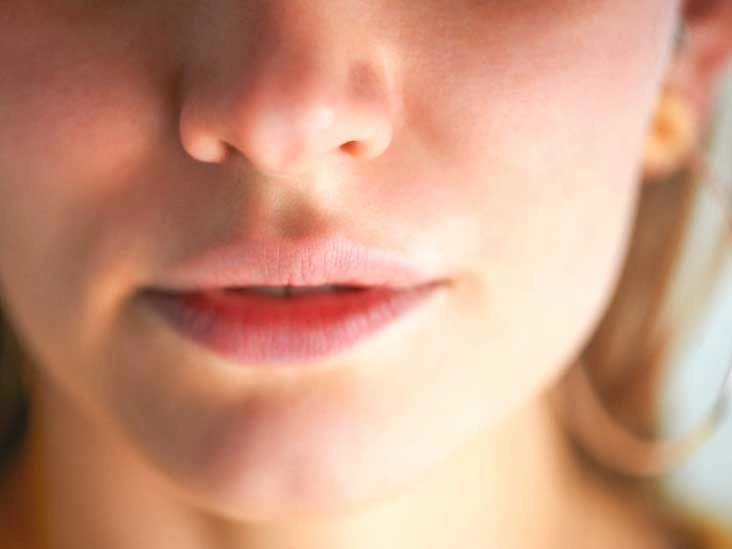About:
- Juvederm is a cosmetic procedure classified as a filler. It’s used to restore facial structure and reduce visible signs of aging.
- It’s an injectable dermal filler composed of hyaluronic acid.
- The treatment targets the face, particularly the cheeks, lips, and area around the mouth.
- The injection session typically lasts 15 to 60 minutes.
- It’s one of the most frequently performed nonsurgical cosmetic procedures in the U.S.
Safety:
- The Food and Drug Administration (FDA) approved Juvederm in 2006.
- More than 2.4 million procedures using hyaluronic acid-based fillers (including Juvederm) were carried out in 2016.
Cost:
- In 2016, the mean price for a hyaluronic acid filler treatment like Juvederm was $620.
Efficacy:
- Improvements are often visible immediately following the procedure.
- Effects can persist from one to two years.
What is Juvederm?
Juvederm is a dermal filler based on hyaluronic acid. The Juvederm range includes several formulations, all aimed at addressing facial aging signs. Each product within the Juvederm family has varying cross-linking and concentrations of hyaluronic acid. These variations are designed to treat specific concerns when injected at different depths and locations. Juvederm fillers have a smooth, gel-like texture.
Juvederm varieties:
- Juvederm Voluma XC restores volume beneath the skin to enhance cheek fullness.
- Juvederm XC and Juvederm Vollure XC target loss of skin elasticity and fill wrinkles and lines around the nose and mouth — commonly called smile lines.
- Juvederm Ultra XC and Juvederm Volbella XC function as nonsurgical options for lip augmentation.

Preparing for Juvederm
Before undergoing Juvederm, discuss your aesthetic goals and expectations with a qualified clinician. Juvederm treatments are minimally invasive, so they are often performed the same day as the consultation. The procedure requires little special preparation.
Typical pre-treatment guidance includes avoiding medications such as aspirin, ibuprofen, and St. John’s wort. You should also refrain from alcohol in the weeks before treatment. Smoking is discouraged as well. Avoiding these substances can reduce the likelihood of bruising. Inform your practitioner about any allergies or sensitivities you may have.
Target areas for Juvederm
- Cheeks: Juvederm Voluma XC
- Around the nose and mouth: Juvederm Ultra Plus XC and Juvederm Vollure XC
- Lips: Juvederm Ultra XC and Juvederm Volbella XC
Before and after pictures
How does Juvederm work?
Juvederm increases facial volume by delivering hyaluronic acid into the tissue. Hyaluronic acid is a naturally occurring substance in the body. It encourages production of connective tissue that helps plump the skin (collagen). With aging, levels of hyaluronic acid and collagen decline, contributing to sagging and wrinkle formation.
During the session, your doctor, physician assistant, or nurse usually marks the treatment sites with a pen. The clinician then injects Juvederm into the designated areas and gently massages the region to promote even distribution and reduce the chance of swelling. The full treatment generally takes between 15 and 60 minutes, depending on the site being treated.
Juvederm injections include a small amount of lidocaine to minimize pain. This helps reduce any discomfort during the procedure and resolves quickly.
Risks and side effects
You can expect some swelling and bruising. Other common side effects include:
- redness
- tenderness
- lumps or bumps
- mild pain
- itching
These side effects typically fade within two to four weeks.
More severe complications are usually linked to improper technique, such as inadvertently injecting Juvederm into a blood vessel. Such events can lead to permanent scarring, changes in vision, blindness, or stroke. That’s why selecting a well-trained, certified, and licensed practitioner is critical.
What to expect after Juvederm
Recovery is brief. Patients are generally advised to avoid vigorous exercise, direct sun exposure, applying makeup, and drinking alcohol for at least 24 hours after treatment.
Most people notice Juvederm’s effects immediately or once swelling subsides. Duration of results typically ranges from six months up to two years, depending on which Juvederm product is used.
How much does Juvederm cost?
As of 2016, the national average price for hyaluronic acid injections such as Juvederm was $620 per syringe. The final cost of a Juvederm treatment varies with the practitioner’s experience, the region where the treatment is performed, and how many syringes are required. Because dermal fillers are elective, they are not covered by health insurance.
For readers comparing filler options or considering treatments for the jawline or broader facial rejuvenation, related resources such as juvederm vs restylane and guidance on jaw filler can be useful. If you’re exploring non-filler approaches to improve overall skin health, see our piece on skin regeneration.


















Leave a Reply
You must be logged in to post a comment.